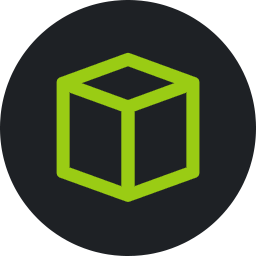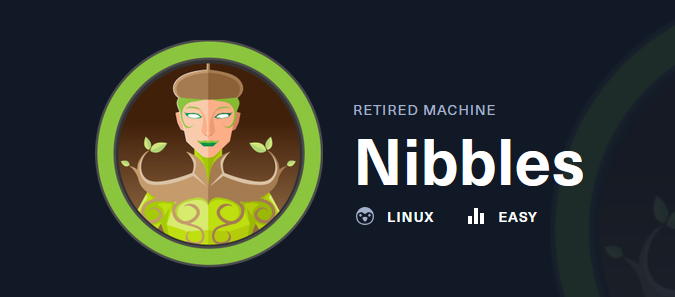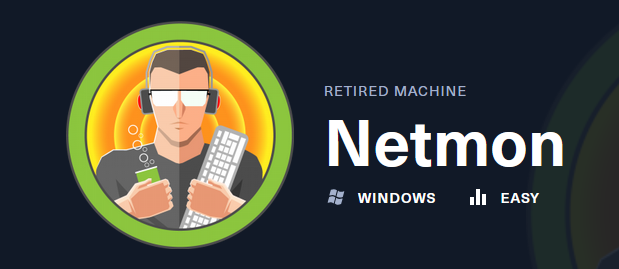Pilgrimage - Hack The Box

 Pilgrimage is an easy-difficulty Linux machine featuring a web application with an exposed ‘Git’ repository. Analysing the underlying filesystem and source code reveals the use of a vulnerable version of ‘ImageMagick’, which can be used to read arbitrary files on the target by embedding a malicious ‘tEXT’ chunk into a PNG image. The vulnerability is leveraged to obtain a ‘SQLite’ database file containing a plaintext password that can be used to SSH into the machine. Enumeration of the running processes reveals a ‘Bash’ script executed by ‘root’ that calls a vulnerable version of the ‘Binwalk’ binary. By creating another malicious PNG, ‘CVE-2022-4510’ is leveraged to obtain Remote Code Execution (RCE) as ‘root’.
Pilgrimage is an easy-difficulty Linux machine featuring a web application with an exposed ‘Git’ repository. Analysing the underlying filesystem and source code reveals the use of a vulnerable version of ‘ImageMagick’, which can be used to read arbitrary files on the target by embedding a malicious ‘tEXT’ chunk into a PNG image. The vulnerability is leveraged to obtain a ‘SQLite’ database file containing a plaintext password that can be used to SSH into the machine. Enumeration of the running processes reveals a ‘Bash’ script executed by ‘root’ that calls a vulnerable version of the ‘Binwalk’ binary. By creating another malicious PNG, ‘CVE-2022-4510’ is leveraged to obtain Remote Code Execution (RCE) as ‘root’.

 Nunchucks is a easy machine that explores a NodeJS-based Server Side Template Injection (SSTI) leading to an AppArmor bug which disregards the binary AppArmor profile while executing scripts that include the shebang of the profiled application.
Nunchucks is a easy machine that explores a NodeJS-based Server Side Template Injection (SSTI) leading to an AppArmor bug which disregards the binary AppArmor profile while executing scripts that include the shebang of the profiled application.
 This UHC qualifier box was a neat take on some common NodeJS vulnerabilities. First there’s a NoSQL authentication bypass. Then I’ll use XXE in some post upload ability to leak files, including the site source. With that, I’ll spot a deserialization vulnerability which I can abuse to get RCE. I’ll get the user’s password from Mongo via the shell or through the NoSQL injection, and use that to escalate to root. In Beyond Root, a look at characters that broke the deserialization payload, and scripting the NoSQL injection.
This UHC qualifier box was a neat take on some common NodeJS vulnerabilities. First there’s a NoSQL authentication bypass. Then I’ll use XXE in some post upload ability to leak files, including the site source. With that, I’ll spot a deserialization vulnerability which I can abuse to get RCE. I’ll get the user’s password from Mongo via the shell or through the NoSQL injection, and use that to escalate to root. In Beyond Root, a look at characters that broke the deserialization payload, and scripting the NoSQL injection.
 Nibbles is a fairly simple machine, however with the inclusion of a login blacklist, it is a fair bit more challenging to find valid credentials. Luckily, a username can be enumerated and guessing the correct password does not take long for most.
Nibbles is a fairly simple machine, however with the inclusion of a login blacklist, it is a fair bit more challenging to find valid credentials. Luckily, a username can be enumerated and guessing the correct password does not take long for most.
 Networked is an Easy difficulty Linux box vulnerable to file upload bypass, leading to code execution. Due to improper sanitization, a crontab running as the user can be exploited to achieve command execution. The user has privileges to execute a network configuration script, which can be leveraged to execute commands as root.
Networked is an Easy difficulty Linux box vulnerable to file upload bypass, leading to code execution. Due to improper sanitization, a crontab running as the user can be exploited to achieve command execution. The user has privileges to execute a network configuration script, which can be leveraged to execute commands as root.
 Netmon is an easy difficulty Windows box with simple enumeration and exploitation. PRTG is running, and an FTP server with anonymous access allows reading of PRTG Network Monitor configuration files. The version of PRTG is vulnerable to RCE which can be exploited to gain a SYSTEM shell.
Netmon is an easy difficulty Windows box with simple enumeration and exploitation. PRTG is running, and an FTP server with anonymous access allows reading of PRTG Network Monitor configuration files. The version of PRTG is vulnerable to RCE which can be exploited to gain a SYSTEM shell.